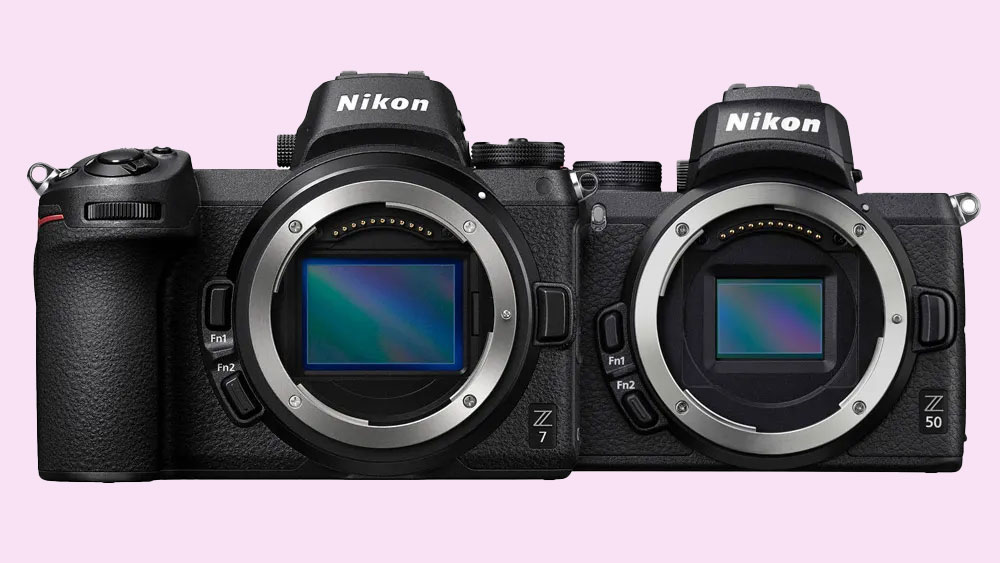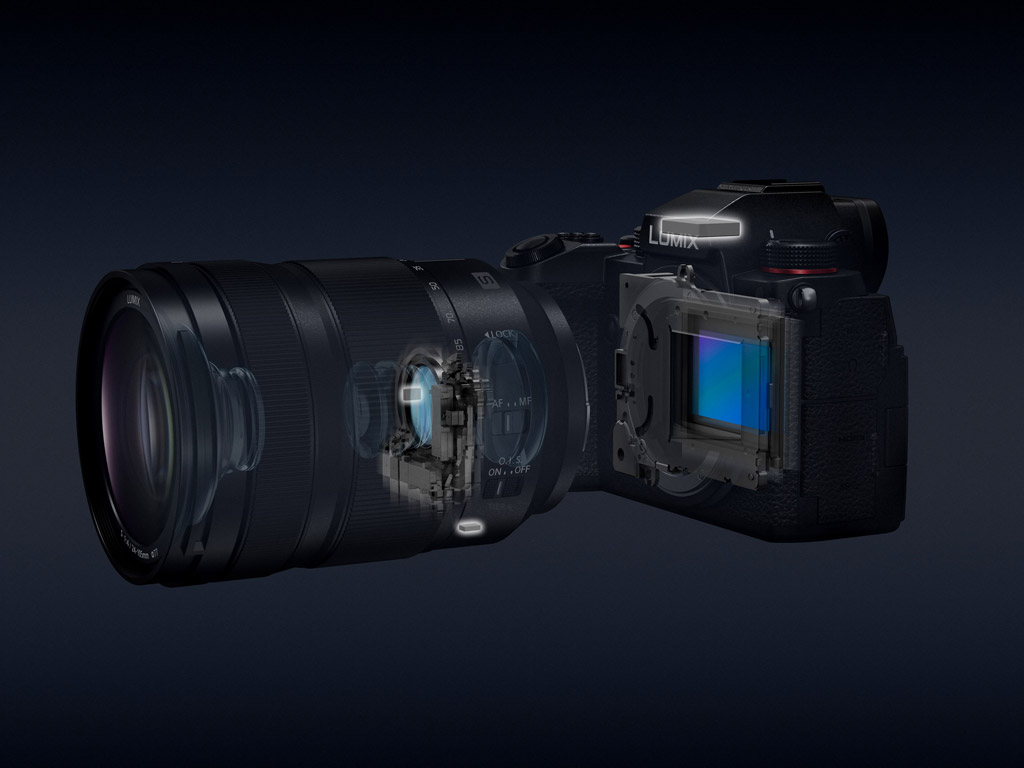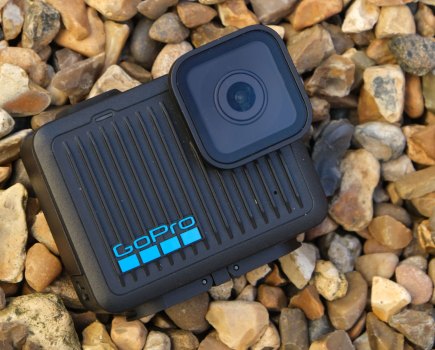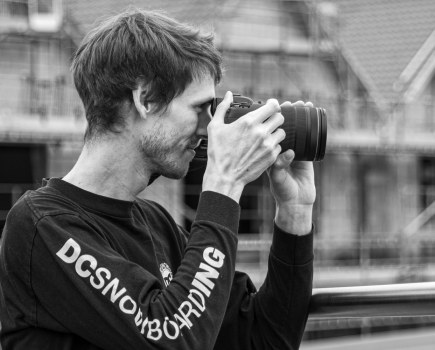Rod Lawton debates the importance of sensor size, and questions our preoccupation with it; in particular the full-frame sensor, found in the best full-frame cameras.
Everyone, it seems, aspires towards a bigger sensor, with full-frame being the ultimate ‘professional’ choice – medium format remains a fantasy for many (until the cameras get cheaper and the lenses faster). There is a common perception that everything else from APS-C to Micro Four Thirds and – heaven forbid – smaller formats, are merely poor-quality substitutes.
But hold on. Is this fixation on sensor size actually healthy and helpful? Let’s investigate.
1. The cost of the kit
Full-frame cameras cost more. Of course they do, because they’re ‘better’. This means a rebalancing of resources, leaving the average punter less to spend on lenses, kit, on photography trips, model hire etc. Or if you do this for a living, you charge your clients more.

2. The cost in portability
Full-frame cameras can be remarkably compact, often a little larger than APS-C cameras. But then there are the lenses. Optical science is pretty intransigent. Full frame lenses have to be bigger to produce a wider image circle to cover the larger sensor, and that’s where you pay the price of the larger format: not in the size or weight of the camera body.
Fast, professional quality lenses for full frame cameras are definitely big; often so big they unbalance the camera body. Some people don’t mind at all. Others won’t like it one bit. Not only that, but how much weight do you want to carry? Bigger formats mean heavier lenses, so you either carry that weight or compromise on what you take. Neither seems ideal.

3. The cost in depth of field
With a larger format camera, you need longer focal lengths to achieve equivalent angles of view, and this reduces the depth of field. This can be a good thing for portrait ‘bokeh’, background blur and ‘cinematic’ video, but also a bad thing. Many people love full-frame cameras because of their shallow depth of field (a by-product of the longer focal lengths), but sometimes this is just a nuisance.
In macro shots, it becomes a lot more difficult to get the whole of your subject sharp enough. In landscape shots you need to use very, very small apertures to get a usable hyperfocal distance (near-to-far sharpness, in other words); and in street photography, you lose much of the simple convenience of zone focusing.
4. The cost in stability
It’s a lot more difficult to effectively stabilize a bigger sensor, which has some moderate implications for still photography and huge ones for handheld video. Let’s take video. Our experience is that full frame cameras handle handheld shooting adequately but no more, APS-C cameras can be somewhat better, and Micro Four Thirds Olympus and Panasonic cameras are the best of all.
But, for video at least, none of them can stabilize video like a smartphone or the remarkable DJI Pocket 2 gimbal camera. ‘Quality’ isn’t just about noise and dynamic range. It’s also about the footage being actually sharp and stable.

5. The creative cost
It’s not difficult to demonstrate the technical quality of larger sensors. The noise is lower, the dynamic range is higher, and the impression of detail is better. They’re not always obvious, but the differences are there and can be measured.
But why do we take pictures? Is it solely for technical quality or is it for creative expression too? What if we choose a camera for its technical quality but it doesn’t offer the creative expression we want because it’s too big to pack, too expensive to risk or too complex to operate? Sometimes the pressure to live up to the technical quality of your camera can really cramp your style.
There is a lot of snobbery about sensor size in photography and video too. For many, the size of your camera’s sensor is an indication of your skill and status as a photographer. That’s perhaps the worst thing of all about this current obsession with sensor size.
The views expressed in this column are not necessarily those of Amateur Photographer magazine or Kelsey Media Limited. If you have an opinion you’d like to share on this topic, or any other photography-related subject, email: ap.ed@kelsey.co.uk
Read more:
- APS-C vs Full Frame: Which sensor is best?
- Best second-hand full-frame mirrorless cameras
- Best full-frame mirrorless cameras
- Why Micro Four Thirds offers something no-one else can
Follow AP on Facebook, Twitter, Instagram, and YouTube.







